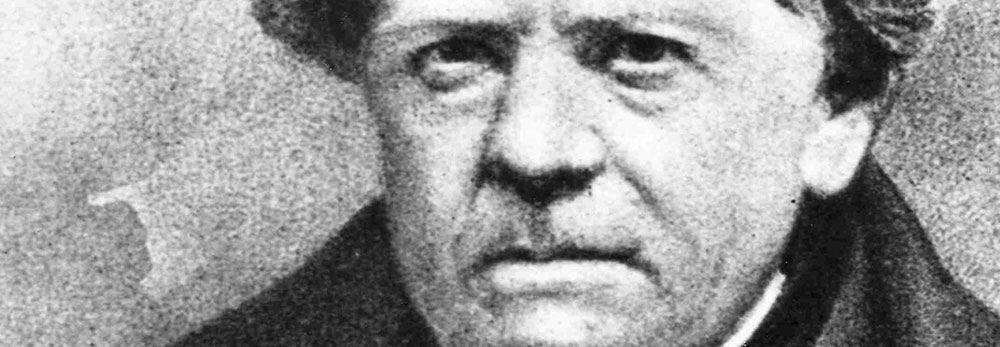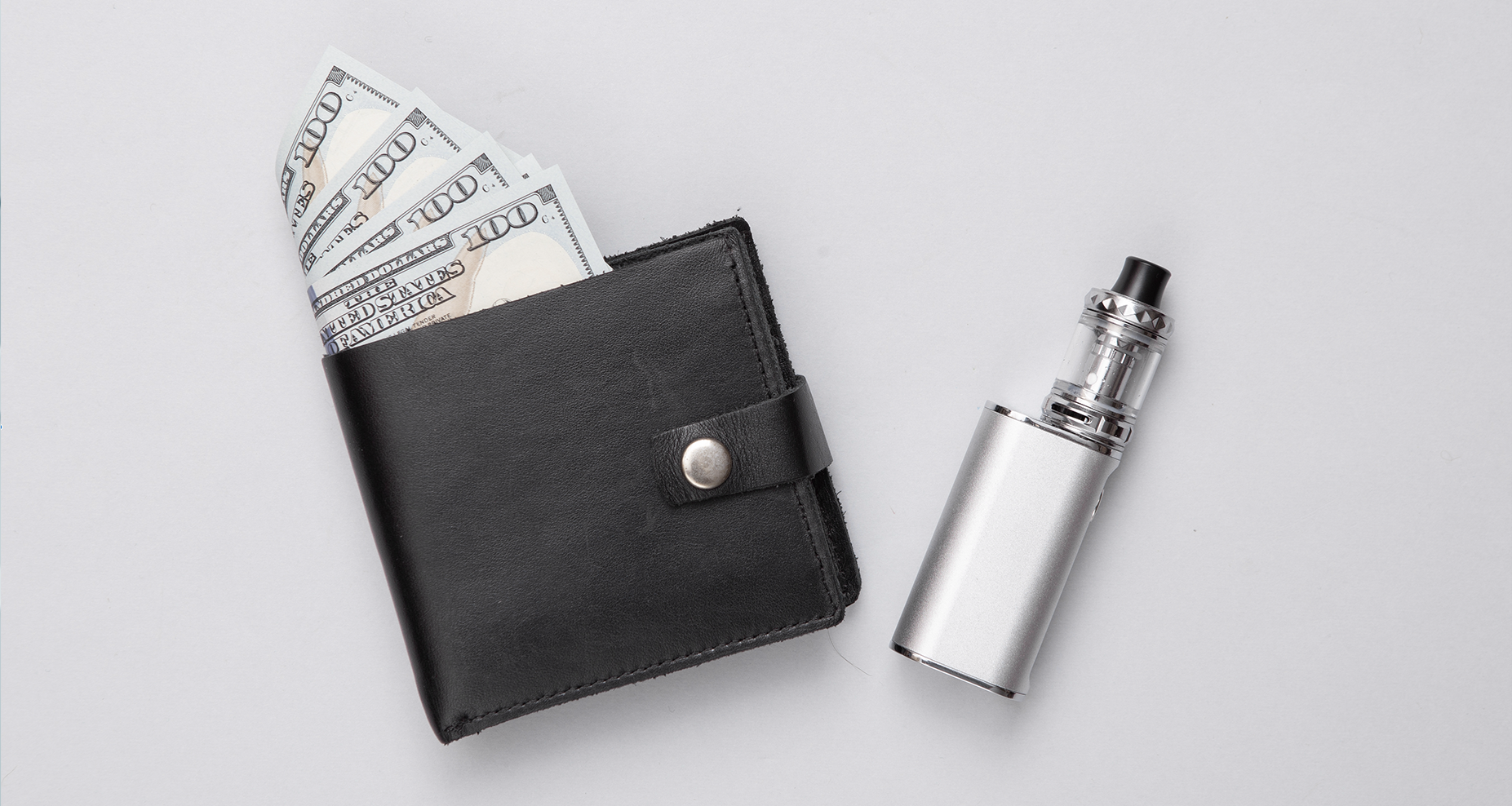Ohms Law - Watt's this all about?
Why do I have to learn Ohm's law? I just want to vape.
Well, that's fine. Actually, these days you don't have to know a thing about ohms law to get a perfect vape - regulated devices do it all for you. But, if you want to learn more about how your vape is generated, or get stuck into advanced vaping and build your own coils, you'll need a working knowledge of this simple formula.
Super simple point 1: The wire you use has an electrical resistance value. This is measured in Ohms and the lower your wire's resistance, the higher the coil's power output will be. You may have heard of SubOhm vaping, which means vaping on a call that's less than one ohm and arose in the early days before vaping microelectronics became widely available.
So, the relationship between the battery, the wire's resistance, and the current is governed by a principle called Ohm's law - and it's simpler than you might think:

Ohm's law allows you calculate one of three things, assuming you know the other two. Those three things are:
Voltage (V) Volts
Current (I) Amps
Resistance (R) Ohms
The calculation that's most important to vapers is: current = voltage / resistance
Once you know V and I, you multiply the two together to find out your watts (power).
Watts = Current * Voltage
So, here's an example of how this actually works
You've built a new coil for your device, and you've measured its resistance to be 0.5 ohms using an ohm reader.
You know your 4.2 volt battery is fully charged, and you want to know the wattage your device will be running at.
Easy! 4.2 (volts) divided by 0.5 (ohms) = 8.4 (amps)
Wattage = 8.4 * 4.2
Wattage = 35.28 watts.
It really is that simple!
Why watts? Watts is vapour
We tend to think about watts as relating to heating equipment The best way to think about watts isn't in terms of power, but in terms of vapour. Put simply, every time you double your wattage, you'll double the amount of liquid you vape during a puff. So, understanding wattage is the most important thing for most vapers.
Watts and dry puff
It' a mistake to think about watts as being responsible for dry puff, burnt taste/overheating of eliquid. There's some truth here, but it's actually a bit more complicated than that!
For a more practical application of these principles, check out our sub ohm vaping guide.






Leave a comment
This site is protected by hCaptcha and the hCaptcha Privacy Policy and Terms of Service apply.